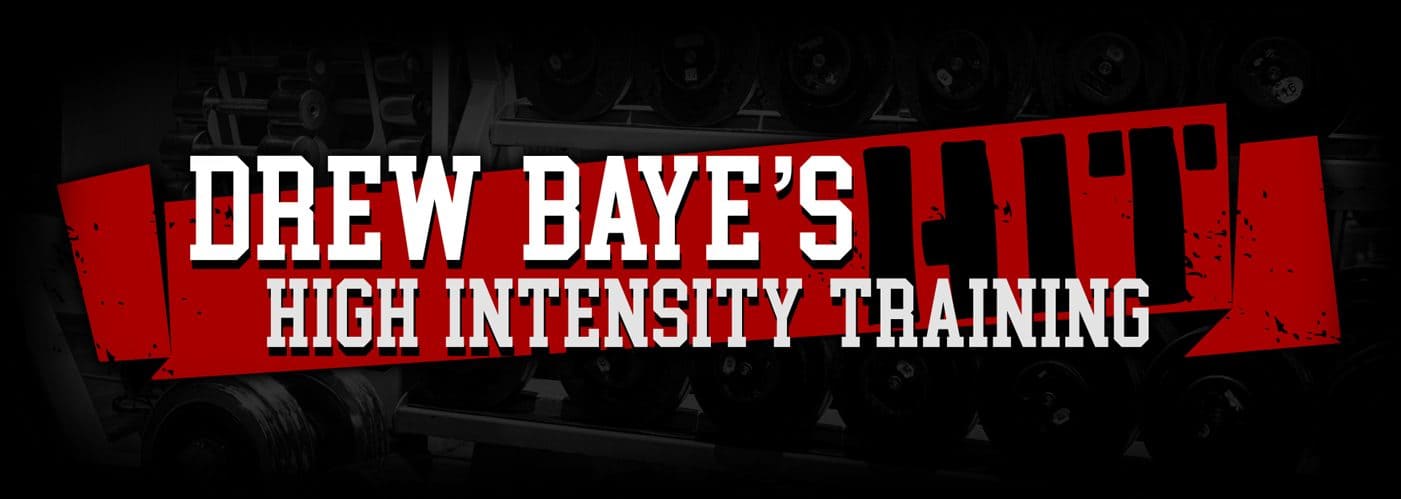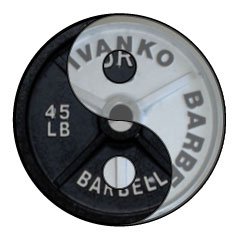I just read the following post in a forum for personal trainers:
Five Simple Reasons Why Trainers Should Sell Nutrition And Supplement Products
1. Creating a solution when your clients are not with you as a trainer
2. Everyone can NOT afford Personal Trainers but they all use supplements
- When you do meetings with individuals push supplements
- Earn income from everyone you talk with
- Time is $ so if you are going to talk with anyone ynot make $$ from it
3. What if you earned extra $50-100 a month from past clients
4. How are we filling up our gym?
- Getting in front of every person (offices, schools, corporate wellness progs etc.)
- People want products not exercises so push the supplements first not exercise
- It is all about ENERGY
- Taking gym into the community, meeting the folks, getting them back to the gym and push the products and the gym
5. Every client that you have knows at least 100 people that could use supplements but not you as a trainer
- Give them a free month if they can get 50-100 friends into 1 room so you can push your Training and Products (Products FIRST)
- If $ is the problem, do you know 5-10 people that use starbucks, red bull, etc if you can get them in front of me I will guarantee you will make enough to get free products
These are 5 simple reasons why trainers should sell supplements and why not make 20-40% commission off of everything you sell.
Notice there is no mention of the only good reason to recommend a nutritional supplement to a client: to meet a legitimate nutritional need. While some nutritional supplements are beneficial most are either unnecessary if you eat properly to begin with or do not do what they claim.
If you’re a personal trainer, first focus on getting your clients to eat properly. In most cases this will do far more for their health, fitness and appearance than any supplement. If they have their diet in order and you still think they will benefit from a supplement, thoroughly review the research on it first so you can give them an informed and balanced recommendation.
I have nothing against profit, however profit should come from providing people with value. If a supplement does not provide some real value to the client then you’re ripping them off and hurting your credibility and business in the long run. Do not get involved with multi-level-marketing supplement companies. Not only are they not profitable for most people, but they encourage selling people a lot of overpriced crap they don’t need and if they have any sense they will eventually resent you either because they find a comparable product for much less elsewhere or they realize the crap you were selling doesn’t actually do anything for them.
If you’re a consumer, be wary of personal trainers who push nutritional supplements heavily or make a large percentage of their income selling them, especially if they are part of a multi-level-marketing scheme. People like the personal trainer I quoted above are more interested in your money than your training and nutrition goals. Never buy or sign up for anything without getting a second opinion and doing your own research first, meaning searching reputable, peer-reviewed nutrition journals and not getting your information from bodybuilding or fitness magazines which sell advertising to nutritional supplement companies.
More importantly, focus on your diet first. Things like fat loss, muscle gain, energy levels and various aspects of health and fitness people buy supplements for can often be improved dramatically just by eating better. You’ll save yourself a lot of money in the process which can go towards buying better quality foods, for example grass-fed instead of grain-fed beef and poultry and more fresh vegetables, fruits and nuts.
If you do buy nutritional supplements, again, do your research. In addition to reading journal articles you should compare brands. Some generic brands are just as good as ones four or five times the price, especially multi-vitamin and mineral supplements, protein powders and creatine.
Instead of wasting money on over-hyped energy supplements, check the active ingredients and you’ll usually find they’re just a mix of caffeine, B-vitamins and other ingredients most of which don’t do much in the amounts provided. You can get caffeine cheaper by itself and if you’re eating enough meat and fish you’re already getting plenty of vitamin B. Getting enough sleep helps too.
In short;
Personal trainers, don’t be douche bags.
Consumers, be skeptical of supplement claims and do your homework before buying.

